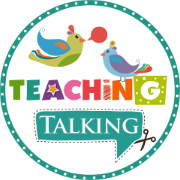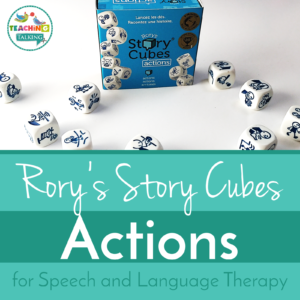
Guess Who Game for Speech Therapy
April 14, 2015 2 min read
Using the Guess Who Game for Speech Therapy is an ideal way for school-aged kids to learn to ask and answer yes / no questions…and it’s lots of fun!

Number of Players: 2
Ages: 6+. Younger children find it hard to stick to the specific questioning format so team them up with an adult.
 Target: Teaches kids to ask questions in a specific way. Can also be used to develop vocabulary for describing people such as hair color, face shape etc.
Target: Teaches kids to ask questions in a specific way. Can also be used to develop vocabulary for describing people such as hair color, face shape etc.
How it’s played: Each player has a game board with pictures of all of the characters and each selects one character card for the other player to guess. The kids take turns to ask each other a question that can only be answered by a yes or no such as “Does your character have blue eyes?”
Using the Guess Who Game for Speech Therapy
Asking Questions
I tend to use this game as a reward with a therapeutic / educational element rather than as a therapy task in itself as I find the question format can be restrictive for kids who are just learning to ask questions.
However, each question must be answerable with only a yes or no and so it teaches kids to phrase a question accurately. For example, asking “What color are his eyes?” would mean your opponent can’t answer so kids quickly learn to rephrase the question to “Does he have green eyes?”
Vocabulary Development and Describing Faces
The best way to use the Guess Who Game for Speech Therapy is for teaching descriptive language for faces. This can be particularly useful for older, verbal kids with autism who maybe need a little help to notice differences in facial features.
There are obvious differences between characters such as hair color or whether they are wearing a hat. Other, more subtle differences include face shape, eyebrow thickness and the size and shape of the nose.
 I love this game because it is simple to put up and pack away meaning it can be used as a quick reward game at the end of a busy session. Play rarely takes more than 5 minutes, even with kids needing support but is interesting enough to be repeated many times if you are looking to fill a longer gap.
I love this game because it is simple to put up and pack away meaning it can be used as a quick reward game at the end of a busy session. Play rarely takes more than 5 minutes, even with kids needing support but is interesting enough to be repeated many times if you are looking to fill a longer gap.




